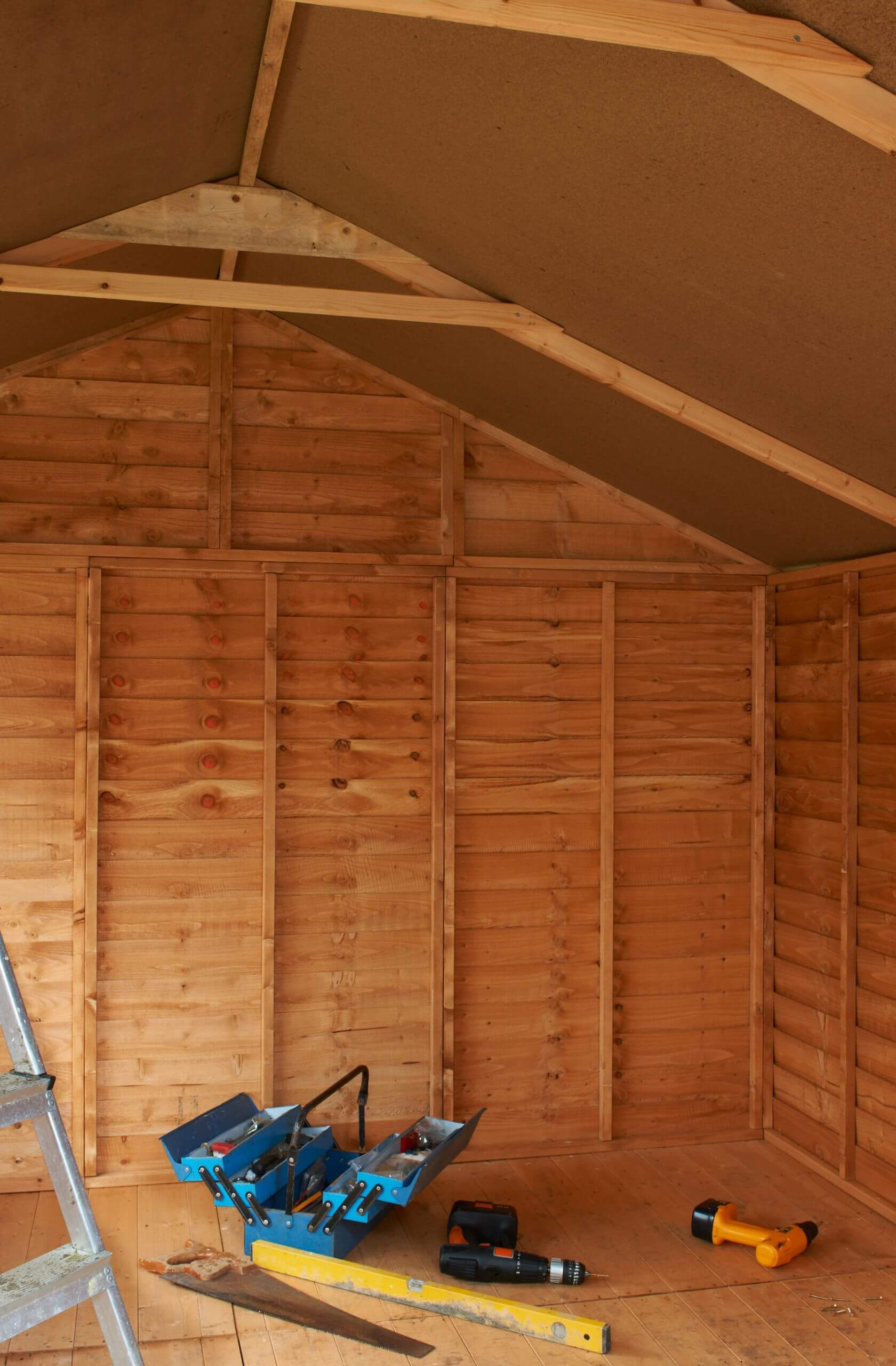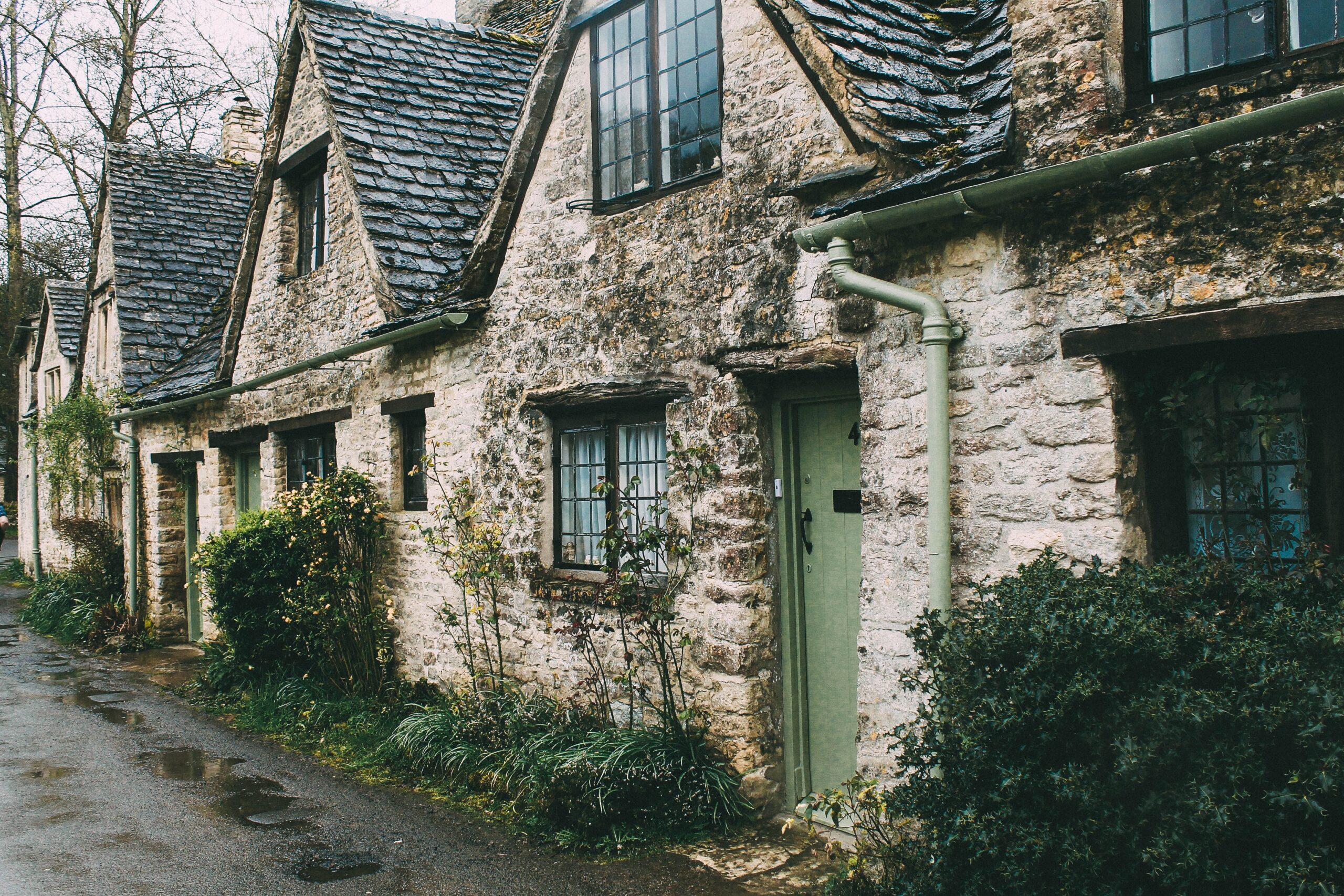
Building your own shed may seem like a daunting task, but have you ever wondered if it’s cheaper than going the pre-built route? Well, fear not, because we’re here to shed some light on the matter! Contrary to popular belief, constructing your own shed can actually be a cost-effective option. By utilizing readily available materials and following some simple DIY tips, you can save quite a penny while still creating a cozy space to store your tools and belongings. So, let’s explore the possibilities of building your own shed without breaking the bank!
Factors to Consider
When it comes to building your own shed, there are several factors that you should take into consideration. By carefully considering these factors, you can ensure that you make informed decisions and ultimately end up with a shed that meets your needs and budget. The factors to consider include the size of the shed, the materials used, the location and foundation, the design and style, the required permits, the tools and equipment required, the labor and time involved, any additional features you may desire, and the maintenance costs.
Size of the Shed
Determining the Required Size
The size of your shed will largely depend on its intended purpose and the available space in your yard. If you plan to use your shed simply for basic storage, you may only require a small shed. However, if you also plan to use it as a workspace or for other specific purposes, you may need a larger shed. Consider the items you intend to store or activities you plan to undertake in the shed, and calculate the amount of space required accordingly.
Cost Variation based on Size
It’s important to note that the size of the shed will also impact the overall cost. Typically, larger sheds require more materials and can be more expensive to build. However, it’s essential to strike a balance between size and cost to ensure that you get a shed that meets your needs without breaking the bank.
Factors Influencing Size Decision
Factors that may influence your decision regarding the size of your shed include the available space, your budget, and the local regulations and restrictions. It’s important to check your local building codes to ensure that you comply with any size limitations or setback requirements. Additionally, considering your budget is crucial since larger sheds require more materials and may result in higher costs.

Materials Used
Choosing the Right Materials
Selecting the right materials for your shed is crucial for its longevity and durability. Common materials used for shed construction include wood, metal, and vinyl. Each material has its own advantages and disadvantages, so it’s important to carefully consider your needs and budget when making a choice.
Wood is a popular choice due to its natural aesthetics and versatility. It provides a warm and classic look, but it requires regular maintenance to protect it from rot and pests. Metal sheds, on the other hand, are durable and low-maintenance, but they can be prone to rust over time. Vinyl sheds are becoming increasingly popular due to their durability, low maintenance requirements, and resistance to rot and pests. They can, however, be more expensive than other options.
Cost Variation based on Materials
The materials you choose will also have a significant impact on the cost of building your shed. Wood tends to be more affordable compared to metal or vinyl, but it may require more ongoing maintenance. Metal sheds are generally more expensive upfront but may require less maintenance in the long run. Vinyl sheds are often the most expensive option, but they offer excellent durability and low maintenance requirements.
Durability and Longevity
When evaluating materials, it’s essential to consider their durability and longevity. You want to choose materials that can withstand the elements and protect your belongings for years to come. Research the expected lifespan of different materials and consider whether their durability aligns with your needs.
Availability and Accessibility
Another factor to consider is the availability and accessibility of the chosen materials. Depending on your location, some materials may be more readily available and affordable than others. Consider the accessibility of these materials, both for purchasing during the construction phase and for potential maintenance or repairs in the future.
Location and Foundation
Selecting the Ideal Location
Choosing the right location for your shed is essential for its functionality and convenience. Consider factors such as access to utilities, proximity to your house, and the overall layout of your yard. You’ll want to place your shed in an area that is easily accessible for you, while also considering any local regulations or restrictions on shed placement.
Preparing the Foundation
Before you start building your shed, it’s important to prepare a proper foundation. This will provide stability and ensure that your shed remains level and secure. Common types of foundations include concrete slabs, gravel pads, and treated wood skids. Each type has its own advantages and considerations, so it’s important to choose the one that best suits your needs and budget.
Different Types of Foundations
Concrete slabs are the most durable and long-lasting option but can be more expensive to construct. Gravel pads offer a cost-effective option that allows for good drainage, while treated wood skids provide a portable and flexible foundation. Consider the specific requirements and characteristics of each foundation type to determine which one is the best fit for your shed.
Cost Considerations for Foundations
The cost of the foundation will vary depending on the type you choose and the size of your shed. Concrete slabs tend to be the most expensive option due to the materials and labor involved. Gravel pads and treated wood skids typically offer more affordable options. Consider your budget and the specific needs of your shed when deciding on the foundation type.

Design and Style
Determining the Design
The design of your shed will largely depend on its intended purpose and your personal preferences. Do you want a traditional barn-style shed or a more modern design? Will your shed complement your house and existing outdoor aesthetics? Consider these questions when determining the overall design of your shed.
Factors Influencing Design Choice
Several factors may influence your design choice, including the available space, your budget, and the purpose of the shed. If you have limited space, a compact design may be more suitable. If you have a larger budget, you may have more design options to choose from. Take these considerations into account to ensure that your shed design aligns with your needs and preferences.
Aesthetic Appeal vs. Cost
While aesthetics are important, it’s also essential to consider the impact design choices have on the overall cost of your shed. Certain design elements or materials may be more expensive, so it’s crucial to find a balance between the desired aesthetic appeal and the cost implications.
Customization and Personalization
Building your own shed allows you to customize and personalize it according to your specific needs and preferences. Consider whether you want additional features such as windows, doors, or decorative elements. Customization can enhance both the functionality and appearance of your shed, but it may also add to the overall cost.
Required Permits
Understanding Permit Requirements
Before you start building your shed, it’s important to understand and comply with any necessary permit requirements. Building codes and regulations vary by location, so it’s crucial to research the specific requirements in your area. Permits are typically required for larger sheds or structures that connect to utilities, such as water or electricity.
Cost of Obtaining Permits
Obtaining permits for your shed may come with additional costs. Building permit fees vary depending on your location and the size of your shed. Research the permit application process and any associated fees to ensure that you accurately budget for these expenses.
Time and Effort Involved
Securing the necessary permits can also involve a significant amount of time and effort. The process may require submitting detailed plans and specifications, coordinating with local authorities, and waiting for approvals. Be prepared for some administrative work and potential delays in your construction timeline.
Consequences of Not Complying
Failing to comply with permit requirements can have serious consequences. Local authorities can issue fines, require you to remove the shed, or even take legal action. It’s crucial to understand and follow the regulations to avoid costly penalties and ensure the safety and legality of your shed.

Tools and Equipment
Basic Tools and Equipment
To build your own shed, you’ll need a variety of basic tools and equipment. These may include a tape measure, hammer, circular saw, level, screwdriver, and drill, among others. It’s important to have these tools readily available to ensure a smooth construction process.
Specialized Tools and Equipment
In addition to basic tools, you may also require specialized tools and equipment depending on the complexity of your shed design. This could include tools such as a miter saw, table saw, air compressor, or nail gun. Consider the specific requirements of your shed design and ensure that you have the necessary tools or access to them.
Cost of Purchasing or Renting
Before starting your shed project, it’s important to assess the cost of purchasing or renting any tools or equipment you may need. Consider whether you can borrow tools from friends or family or if you need to invest in purchasing or renting them yourself. Include these costs in your overall budget to ensure that you have everything you need to complete the project.
Availability and Accessibility
Another factor to consider is the availability and accessibility of the required tools and equipment. Depending on the complexity of your shed design or the specific tools needed, they may be readily available at local hardware stores or rental shops. Take the time to research the availability and estimated costs of the necessary tools to avoid any unexpected delays or expenses.
Labor and Time
DIY vs. Hiring Professionals
One of the key decisions you’ll need to make is whether to tackle the construction of your shed as a do-it-yourself (DIY) project or hire professionals. DIY can save you money on labor costs but requires your own time and effort. Hiring professionals, on the other hand, can be more convenient but may increase the overall cost of the project.
Skills and Experience Required
If you choose to build your shed yourself, it’s important to assess your own skills and experience in construction. Shed construction may require basic carpentry and building knowledge. Ensure that you have the necessary skills and access to resources, such as online tutorials or books, to guide you through the process.
Time Commitment for DIY
Building a shed yourself can be a time-consuming process. Consider the availability of your time and your willingness to dedicate it to the construction project. DIY projects often take longer than professional endeavors, so be prepared for a potential time commitment.
Cost of Hiring Labor
If you decide to hire professionals to build your shed, it’s important to factor in the cost of labor. Obtain multiple quotes and consider the reputation and experience of the contractors you’re considering. Remember that the cost of labor can vary depending on the complexity of your shed design and the chosen materials.
Trade-offs between Time and Cost
Choosing whether to DIY or hire professionals involves several trade-offs. While DIY can save you money on labor costs, it requires your own time and effort. Hiring professionals can be more convenient but may increase your overall project expenses. Consider your personal preferences, budget, and time availability when making this decision.
Additional Features
Considering Additional Features
When building your own shed, you may want to consider adding additional features to enhance its functionality and aesthetics. These features could include windows, doors, skylights, ventilation systems, insulation, or shelving units. Carefully consider these features and evaluate whether they align with your needs and budget.
Cost of Adding Windows, Doors, etc.
Each additional feature you choose to include in your shed will come with its own costs. Windows and doors can increase the overall cost due to materials, installation, and potential customization. Other features such as insulation or ventilation systems may also require additional expenses. Assess your needs and consider the benefits and costs of these additional features before making your decision.
Electrical and Plumbing Requirements
If you plan to use your shed as a workshop or for other purposes that require electricity or plumbing, it’s important to consider these requirements. The cost of electrical and plumbing installations will depend on the complexity and accessibility of your chosen location. Consult with professionals to ensure that these installations meet safety standards and comply with local regulations.
Enhancements for Functionality
In addition to aesthetic features, think about enhancements that can improve the functionality of your shed. This could include features such as built-in storage solutions, workbenches, or specialized equipment storage. Assess your specific needs and consider whether these enhancements would add value to your shed and align with your budget.
Comparing Costs and Benefits
When considering additional features, it’s important to carefully compare the costs and benefits. Some features may have a significant impact on the overall cost of your shed, while others may provide added convenience or increase the resale value of your property. Weigh these factors against each other to make an informed decision that meets your needs and aligns with your budget.
Maintenance Costs
Regular Maintenance Tasks
Like any structure, a shed requires regular maintenance to ensure its longevity and functionality. Regular maintenance tasks may include cleaning the shed, repainting or resealing, checking for any damages or leaks, and maintaining the surrounding landscape. Consider these tasks and the associated time and materials required when assessing the long-term costs of owning a shed.
Cost of Maintenance Materials
Maintenance materials, such as paint, sealants, or cleaning products, should be factored into your overall budget. Research the recommended maintenance schedule and the specific materials required for your chosen shed materials. This will allow you to estimate the costs associated with maintaining your shed over time.
Potential Repairs and Replacement
Over the years, sheds may require repairs or even replacement of certain components. Wood may need to be replaced due to rot or pest damage, while metal may require rust treatment or patching. Assess the potential for these repairs or replacements and consider the associated costs when evaluating the long-term financial aspect of owning a shed.
Long-term Cost Considerations
It’s important to consider the long-term cost implications of building and owning a shed. While initial construction costs are a crucial factor, ongoing maintenance and potential repairs should also be taken into account. Evaluate the estimated lifetime of different materials, the associated costs of their maintenance, and the potential for future repairs or replacement. This will provide a comprehensive view of the long-term financial commitment involved in having a shed.
In conclusion, building your own shed involves several factors that should be carefully considered to ensure a successful project that meets your needs and budget. By evaluating the size, materials, location, design, permits, tools, labor, additional features, and maintenance costs, you can make informed decisions that will result in a shed that brings both practicality and aesthetic appeal to your outdoor space.
Read our Review on the Black+Decker 18v Cordless Hammer Drill
